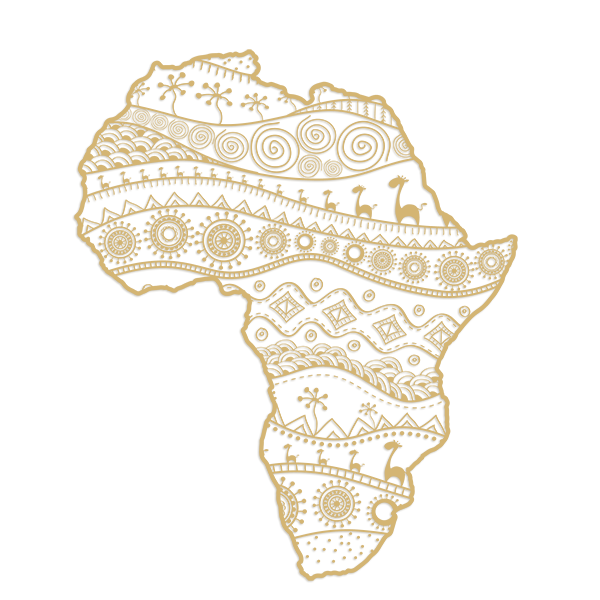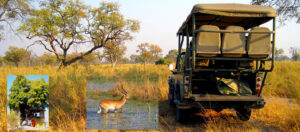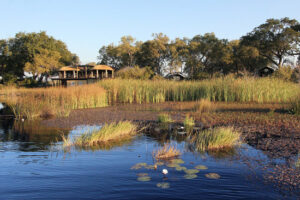
- Profile
- Tour Operators
- Accommodation
- prev
- next
- Get directions
- Bookmark
- Share
- Become an influencer
- prev
- next
Overview
Namibia's wild and seldom visited Nkasa Rupara (formerly Mamili) National Park is a watery wonderland of wildlife rich islands, river channels and wetlands. In many ways the park mirrors Botswana's Okavango Delta - but is even more remote and less visited. Wild is the best word to describe this park, there's nothing fancy about, no luxurious campsites or guided tours, you're on your own, driving on a series of unmarked 4x4 trails. Nkasa Rupara holds the distinction of being the largest wetland area with conservation status in Namibia. This protects flora and fauna living within it's complex channel of reed beds, lakes and islands, that form the Linyanti swamps
The focal points of the 320km² national park are Nkasa and Lupala, two large islands in the Kwando / Linyati river. During the dry season the islands can be reached by road but after the rains 80% of the area becomes flooded, cutting them off from the mainland. The good news is that it remains a sanctuary for birds, with more species of birds recorded here than anywhere else in Namibia. In those dry winter months, huge herds of elephant congregate on these islands.
Because the park is subject to frequent flooding in the rainy season, camping is inadvisable. Drivers must proceed with caution and negotiate deep pools slowly and avoid rivers where crocodiles, some up to 5m in length, lie in wait. Families of hippopotamus also venture onto the floodplains at night to feed. If you do get stuck, whoever loses the toss will have to dig you out, so listen carefully for nearby elephant and buffalo that maybe crossing the river. Visitors should also be aware that they must be completely self-sufficient in terms of water, food and fuel
It is however an extraordinary piece of wilderness, with lush marshes, dense savannah and high river reeds, that add to the high level of excitement when driving through by 4x4. In addition to large herds of elephants and buffalo, lion, leopard, spotted hyena, giraffe, impala, red lechwe, reedbuck and the elusive sitatunga can be seen. Noteworthy species of bird include wattled crane, rosy-throated longclaw, slaty egret, Meves' starling and the greater swamp warbler birding at it's best!
You will seldom encounter other tourists in the park, which isn't always such a bad thing. Thunderstorms might be a companion though, and be aware that lightening from these meteorological phenomena can ignite the ground, sparking fires that temporarily burn above the ground and below the earth.
There is only Jackalberry Tented Camp, a small intimate camp set inside the park. It's sister lodge Nkasa Lupala Lodge borders the park to the north. Both of these camps are unfenced and wildlife from the park wanders through both property's. There is a also a privately run campsite a few kilometres north of the park - which offers 3 reasonably equipped sites.
Entry permits for the park are obtainable at the Ministry of Environment and Tourism (MET) offices in Katima Mulilo and Windhoek, or from field offices at Susuwe, Nakatwa and Shisinze or the northern gate of Nkasa Lupala National Park.
Location
-
Namibia
Vital Park Information
Namibia
320 km²
Tap water in Namibia is either purified or comes directly from boreholes and is therefore safe to drink. ... In some areas the water can be brackish, your guide will advise you daily on this and where to purchase bottled mineral water.
South African rand, Namibian dollar
June, July, August, September, October
Nkasa Rupara National Park (formerly Mamili NP) is a wetland reserve and the roads become virtually impassable in the wet summer months, from November to April. The best months for wildlife viewing are in the dry winter months from July to September. Year-round bird watching, in Namibia’s best destination for birders, is a drawcard of the park.



